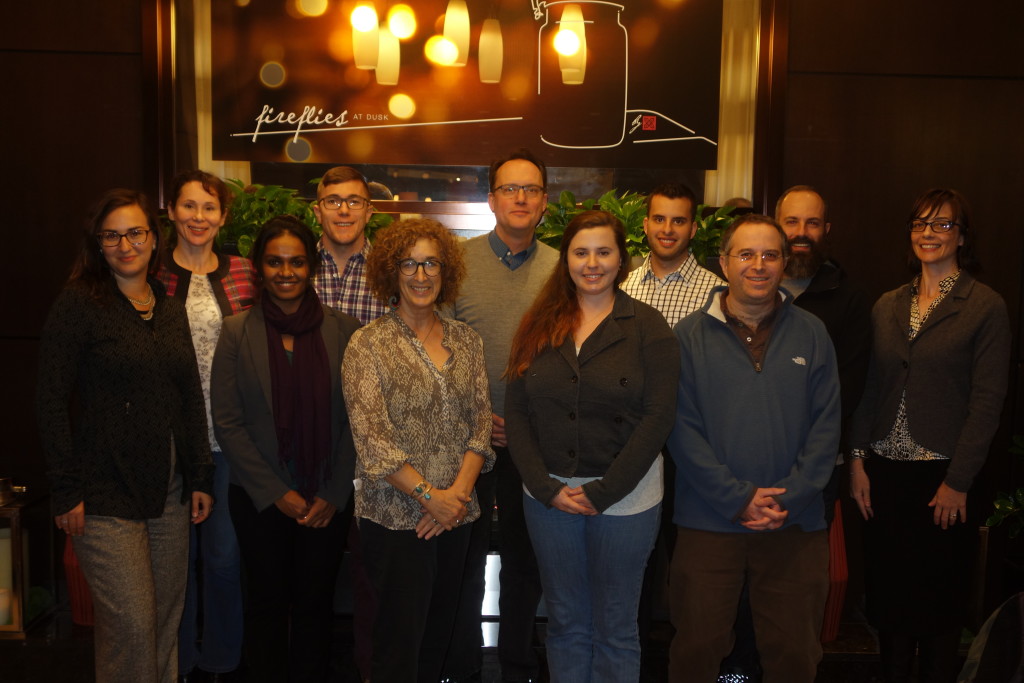Fitness Interdependence Workshop, February 2017

On February 17 and 18, Human Generosity Project members met with a group of biologists, anthropologists, and psychologists to discuss the concept of fitness interdependence and its implications for the study of cooperation. Participants travelled from as nearby as Arizona State University and as far away as Oxford and Amsterdam for the workshop, which took place at Saguaro Lake Guest Ranch in Mesa, AZ. After participants offered their thoughts about how to define fitness interdependence, the discussion shifted to how humans identify, track, and represent their interdependence with others. The scholars then discussed a range of options for measuring and modelling fitness interdependence. The workshop wrapped up with an examination of a variety of wide-ranging examples of how fitness interdependence might help tackle interesting research questions and a discussion about the challenges and opportunities of using this concept. Despite the participants’ diverse backgrounds, they reached a high level of consensus about many of the key features of fitness interdependence and its relevance to our understanding of cooperation at many levels of organization.
SHARE THIS PAGE:














